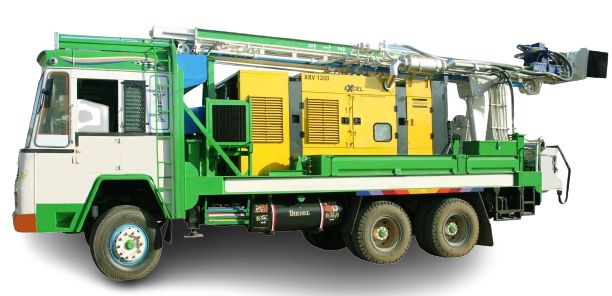Investing in a CNC machine is a strategic decision that affects your shop’s productivity, quality, and profitability. Whether you’re a startup launching its first product line or a growing machine shop scaling to 24/7 production, choosing the right machine involves more than just specs and price tags.
This guide walks you through the 7 essential criteria to select the ideal CNC solution for your application.
1. Define Your Application Needs
Part Geometry & Complexity
- Simple prismatic parts?
→ A 2- or 3-axis CNC mill or lathe is likely sufficient. - Complex 3D contours, undercuts, or deep cavities?
→ Opt for a 4- or 5-axis machining center.
Materials You’ll Cut
- Soft materials (wood, plastic, foam):
→ Hobby routers or light-duty machines with lower torque spindles. - Metals (aluminum, steel, titanium):
→ Choose machines with cast-iron frames, rigid drive systems, and high-torque spindles.
Production Volume
- Prototyping or low volume:
→ Prioritize flexibility, easy setup, and fast tool changes. - Mass production:
→ Look for machines with large tool magazines, automatic pallet changers, and “lights-out” operation capability.
2. Select the Right Machine Type
| Machine Type | Best For |
|---|---|
| Vertical Mill | General-purpose 3-axis milling |
| Horizontal Mill | Deep pockets, long cuts, better chip evacuation |
| CNC Lathe | Shafts, cylinders, bar stock turning |
| Turn-Mill Center | Combine turning and milling in one setup |
| 5-Axis Machining Center | Complex aerospace, mold, or medical work |
| CNC Router | Large-format sheets: wood, foam, composites |
3. Key Technical Specifications to Consider
Work Envelope
Ensure the machine’s X/Y/Z travel exceeds your largest part + fixturing clearance.
Spindle Speed & Power
- High RPM (20k+): Ideal for plastic, aluminum, and small-diameter tools.
- High torque (low RPM): Necessary for hard metals like steel and Inconel.
Axes & Drive System
- Stepper motors: Budget-friendly but less accurate.
- Servo motors: Better speed, precision, and feedback control.
Tool Changer Capacity
- More tools = fewer manual changes but higher cost and larger footprint.
Thermal Control
- Look for coolant-through spindles, temperature-stable frames, and active compensation if you’re machining tight-tolerance parts.
Control System Compatibility
- Open-architecture (Fanuc, Siemens) vs. proprietary controllers (Haas, Tormach).
- Confirm integration with your CAD/CAM software (e.g., Fusion 360, Mastercam).
4. Budgeting & Total Cost of Ownership
Capital Costs
Factor in base machine, optional 4th/5th axis, probing kits, enclosures, and coolant systems.
Operating Expenses
- Power draw
- Tooling and inserts
- Coolant and filtration
- Scheduled maintenance
Space Requirements
- Confirm floor space, ceiling clearance, and need for vibration dampening or special foundations.
Training & Staffing
- Budget for CAM courses, operator training, and possibly hiring experienced machinists or programmers.
5. Vendor Selection & Support
Technical Support
- Ask about installation, calibration, and preventive maintenance plans.
Warranty & Upgrade Options
- Confirm what’s covered, for how long, and whether you get free software updates or retrofit options.
Peer Reviews & Community
- Look for case studies, testimonials, and ask to speak with local shops using the same platform.
Factory Test or Demo
- Request a sample cut using your material and geometry before committing.
6. Shop Integration & Future Growth
Cell Layout
- Design for efficient material flow, robot loading, and in-process inspection.
Automation Readiness
- Check for compatibility with pallet changers, conveyors, bar feeders, or collaborative robots (cobots).
Scalability
- Modular machines and expandable work cells ensure you’re not boxed in as demand grows.
Industry 4.0 Compatibility
- Look for machines with IoT sensors, real-time monitoring, and support for predictive maintenance systems.
7. Final Decision Checklist
Before you finalize a purchase, ask yourself:
Will your parts fit comfortably in the work envelope?
Is the spindle torque/RPM suited to your materials?
Does the machine support your CAM software?
Are fixture/tooling requirements within your budget?
Is vendor support responsive and local?
Can it scale with your future needs?
